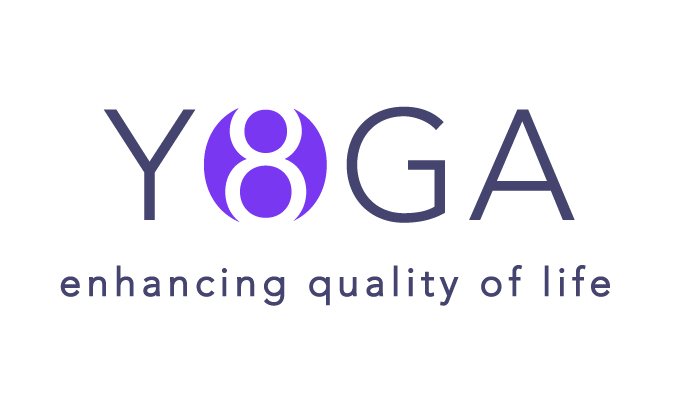Yoga teacher training can be life-changing. It’s a great way to plug in with a community of like-minded people and go deep on something you’re passionate about. Maybe that’s why there are so many training options out there. Since you’ll be investing time and money, it’s a good idea to start by exploring your options to figure out which will work best for you.
To that end, here are 5 key things to think about.
1. Know your intent.
People take yoga teacher training for many reasons. Maybe you want to teach yoga at a local studio. Open a studio of your own. Or just delve deeper into your personal practice. Whatever your reason, make sure to find a program that matches up with your goals. If you’re keen on teaching Yin, you’ll need a program that covers that style of yoga.
2. Research the studio and teachers.
Ideally take at least a few classes at the studio and with the instructors. This will give you a feel for their style and see if you connect with them as a person. Also, get an idea of how much experience they have. How long has the studio been open? How many classes has the instructor taught? Hundreds? Thousands? How many people have gone through the teacher training program? And is it registered with the Yoga Alliance?
3. Choose a schedule that works for you.
Sure, we’d probably all like to swan off to a yoga retreat in Bali for a month. Taking an intensive course in an exotic location can be a great way to get it done, in a place free from distractions. But that’s not realistic for everyone. And it can be a little like drinking from a firehose, without a lot of time to digest what you’re learning. Driving to a nearby city can take its toll, too. So perhaps a local training is your best bet. It all depends on how you learn and what your schedule will allow.
4. Make sure they teach what you want to learn.
Study their syllabus. A 200-hour training can — and should — cover a LOT of ground. Picture it as a college class on steroids. Because you’ll actually spend more time together than in a typical college class. Ideally, you want to cover a nice balance of topics, everything from ancient mythology to asanas to assisting to anatomy, anatomy, and more anatomy. Reason being, you’ll be more marketable as a teacher if you’re as well-rounded as possible.
5. Pick a comfortable class size.
If it’s a large group of 20-30 people, you might not get enough personal attention. We find that groups of 8-12 are a nice size. Enough people to give you a wider range of personalities, goals, and body types. But not so many people that you just blend in with the crowd.
Join us!
Our next 200-hour teacher training starts June 19, 2019. Get the deets here, including more about the schedule and topics we’ll cover. You can also check out some of our student testimonials.
We hope to see you there.

